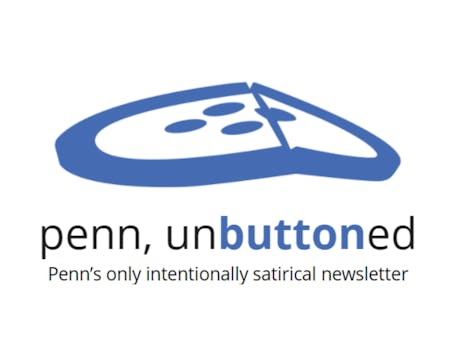
There's nothing quite like listening to a man at the center of the most contentious nuclear standoff in human history to put things in perspective.
And that's exactly what a captivated audience of Penn students, faculty and community members did last night in Huntsman Auditorium.
Speaking on "Presidents and Their Advisers During Crisis," President John F. Kennedy's one-time special counsel and speech writer Theodore Sorensen delivered an insider's account of the Cuban Missile Crisis.
On Oct. 14, 1962, two American U-2 reconnaissance planes flying over Cuba discovered the construction of launch sites for intermediate-range nuclear missiles capable of reaching the United States.
According to Sorensen, the missiles had been "moved in so quickly and so secretly... that the only interpretation was that this was being done to prepare for a nuclear strike... or to prepare for nuclear blackmail."
"The first key decision a president makes is, who does he consult?" Sorensen said. "Kennedy wanted judgment and advice from those whose judgment and advice he trusted most."
Sorensen himself was among the members of Kennedy's hand-picked group of advisers that became known as the Executive Committee of the National Security Council, or EXCOM. The group met constantly throughout the 13-day crisis to devise strategies to deal with the Soviet Union's actions.
"Nobody could believe what they were seeing in these photographs," Sorensen said.
He described the often tense debates between those who favored a naval blockade of Cuba and those who favored an invasion. Eventually, EXCOM decided that a quarantine, meant to block only shipments of offensive nuclear weapons, would "put the ball back in [Soviet leader Nikita Khrushchev's] court."
Sorensen stressed the importance of President Kennedy's insistence that EXCOM consider all diplomatic and military options.
It fell to Sorensen to draft Kennedy's speech to the nation, which the president delivered via televised broadcast on Oct. 22, after nearly a dozen drafts. The speech made public the presence of the Soviet missiles and outlined the U.S. response.
Ultimately, thanks to international pressure and intense behind-the-scenes negotiation, the Soviet Union agreed on Oct. 28 to withdraw its nuclear weapons from Cuba.
The event, arranged in commemoration of the approaching 40th anniversary of Kennedy's assassination, was organized by Penn's Institute for Strategic Threat Analysis and Response.
ISTAR Director Harvey Rubin called Sorensen "one of the most courageous men in American history." Rubin noted that the ways in which presidents and their advisers respond to crises affects every American's security. "We're living through it right now," he said.
On a lighter note, Sorensen described Hollywood's portrayal of the crisis -- in the 2001 film Thirteen Days -- as "accurate in many ways... although my wife says obviously Rob Lowe wasn't available to play me."
Members of the audience were impressed with Sorensen's presentation.
"He was exciting to listen to because of the implications of the decisions [the Kennedy administration] had to make," said John David Cella, a high school senior at Philadelphia's Chestnut Hill Academy.
"This is something more people need to hear," said Oddi Aasheim, 34, the husband of a Wharton MBA student. Sorensen "made [the history] very personal."
At a reception following his speech, Sorensen was asked whether there was a moral or message that Americans could take away from the Cuban Missile Crisis.
"I'll say there is," he said without hesitation. "No matter how serious the conflict, a negotiated, peaceful solution is always better than a dangerous military solution.... The military is most useful when it's held in reserve."
The Daily Pennsylvanian is an independent, student-run newspaper. Please consider making a donation to support the coverage that shapes the University. Your generosity ensures a future of strong journalism at Penn.
DonatePlease note All comments are eligible for publication in The Daily Pennsylvanian.




